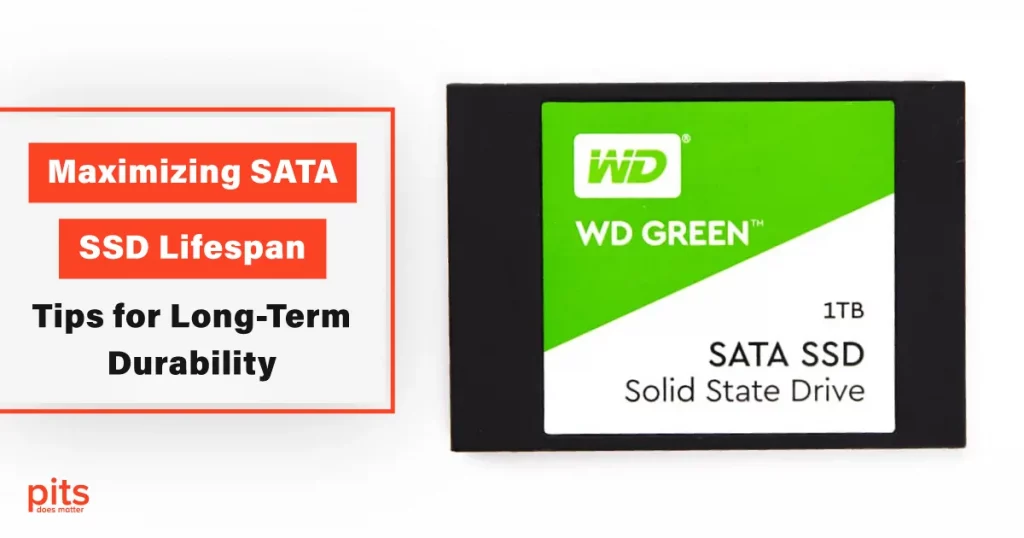In the ever-evolving world of technology, solid-state drives (SSDs) have emerged as a game-changer in the storage industry. Among the various types of SSDs, SATA (Serial ATA) SSDs have gained significant popularity due to their affordability and compatibility with most systems. However, just like any electronic device, SATA SSDs have a limited lifespan. In this blog post, we will delve into tips and techniques to maximize the lifespan of your SATA SSD, ensuring long-term durability and optimal performance.
Understanding SATA SSDs
A SATA SSD is an internal solid-state drive that utilizes the Serial ATA interface for data transfer between the drive and the computer. Unlike traditional hard disk drives (HDDs) that rely on moving parts and spinning disks, SATA SSDs employ flash memory technology, making them faster, more reliable, and energy-efficient.
SATA SSDs store data in NAND flash memory chips. These chips consist of numerous memory cells that retain data even when the power is turned off. When you save or retrieve data, the SSD controller manages the reading and writing of data to and from these memory cells. This process eliminates the mechanical delays associated with traditional hard drives, resulting in significantly faster read and write speeds.
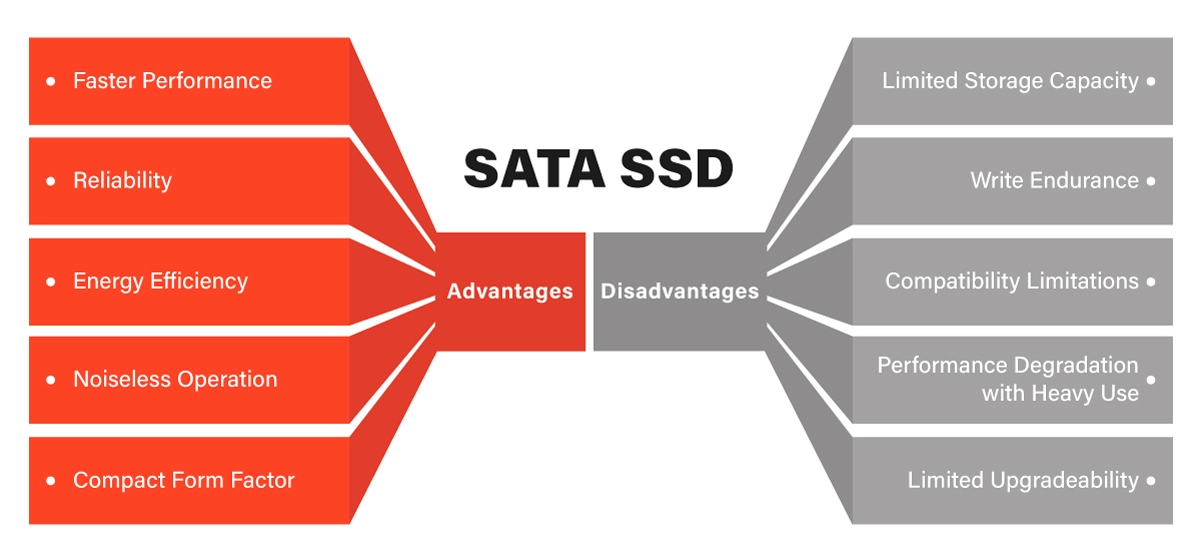
Advantages of SATA SSDs
SATA SSDs offer several advantages over traditional hard drives (HDDs) and other types of SSDs. Here are some of the key advantages of SATA SSDs:
Speed
SATA SSDs provide significantly faster read and write speeds compared to traditional HDDs. With no moving parts involved, data access is nearly instantaneous, resulting in faster boot times, quicker application launches, and overall snappier system performance. This speed advantage is particularly noticeable when it comes to tasks that involve accessing or transferring large files.
Reliability
SATA SSDs are more reliable than HDDs because they lack moving parts. Traditional hard drives rely on spinning disks and mechanical read/write heads, which are prone to failure due to mechanical wear and tear. In contrast, SATA SSDs utilize solid-state technology, making them more resistant to shock, vibration, and physical impact. This increased durability makes SATA SSDs particularly well-suited for portable devices such as laptops.
Energy Efficiency
SATA SSDs consume less power than traditional hard drives. This energy efficiency translates into lower energy bills and longer battery life for laptops and other portable devices. Additionally, the reduced power consumption of SATA SSDs contributes to less heat generation, leading to cooler system temperatures and potentially extending the lifespan of other computer components.
Form Factor and Compatibility
SATA SSDs come in various form factors, with the 2.5-inch size being the most common. This form factor makes SATA SSDs compatible with a wide range of desktops, laptops, and gaming consoles. Furthermore, SATA SSDs can be used with adapters to fit into M.2 slots, providing even more flexibility in terms of installation options.
Disadvantages of SATA SSDs
While SATA SSDs offer numerous advantages, it is important to consider their disadvantages as well. Here are some of the key disadvantages of SATA SSDs:
Storage Capacity
SATA SSDs generally offer lower storage capacities compared to traditional hard drives, especially when considering cost per gigabyte. This limitation may require users to be mindful of their storage needs and manage space accordingly. However, it’s worth noting that SSDs with larger capacities are becoming more affordable and readily available.
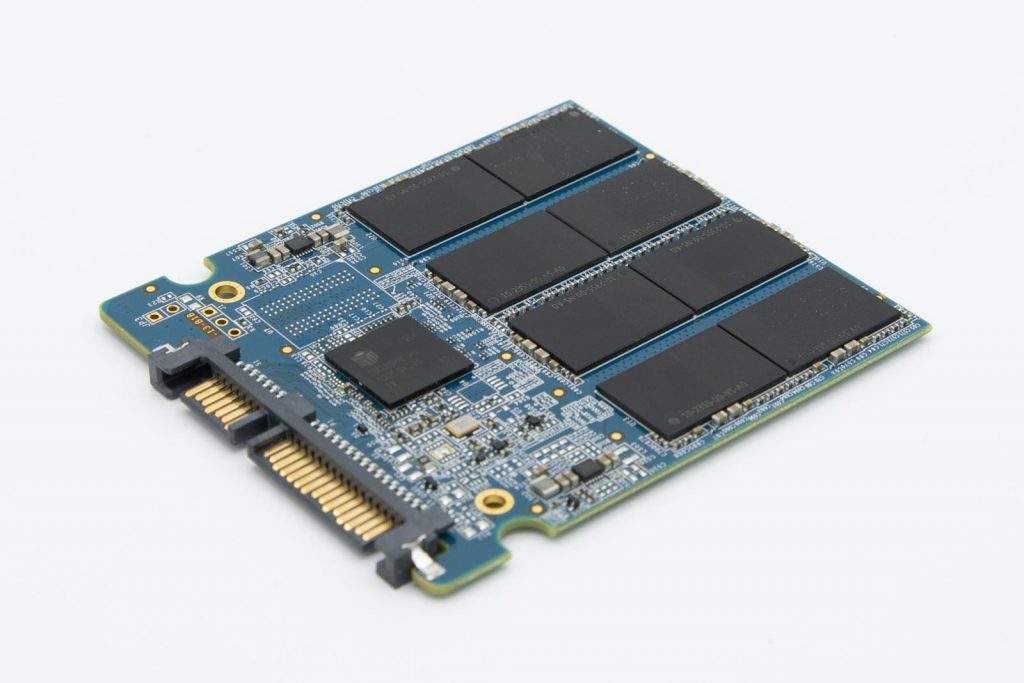
Write Endurance
Each memory cell in an SSD has a limited number of times it can be written to before it becomes unreliable. While modern SATA SSDs have improved write endurance compared to earlier generations, it is still a consideration for long-term durability. However, for most users with typical usage patterns, this is unlikely to be a significant concern, as modern SSDs have a long lifespan and advanced wear-leveling algorithms to distribute write operations evenly across the drive.
Limited Compatibility
While SATA SSDs are compatible with most modern systems, they may not be compatible with older systems that lack SATA interfaces. Additionally, some ultra-thin laptops or compact devices may not have enough physical space to accommodate a 2.5-inch SATA SSD. In such cases, alternative form factors like M.2 SSDs or external SSDs may be more suitable.
Performance Saturation
SATA SSDs utilize the SATA interface, which has a limited bandwidth compared to newer interfaces like NVMe SSD (Non-Volatile Memory Express). This means that SATA SSDs may not achieve the same ultra-fast speeds as NVMe SSDs in certain high-performance scenarios, such as intensive gaming, video editing, or large-scale data processing. However, for most everyday computing tasks, the performance of SATA SSDs is more than sufficient.
Tips for Maximizing SATA SSD Lifespan
To ensure the longevity and durability of your SATA SSD, consider the following tips:
Enable TRIM
TRIM is a feature that helps maintain optimal SSD performance by informing the drive which blocks of data are no longer in use and can be erased. Ensure that TRIM is enabled on your operating system to enhance the longevity and efficiency of your SATA SSD. TRIM helps prevent performance degradation over time and can extend the lifespan of your SSD.
Avoid Excessive Writes
While modern SATA SSDs have improved write endurance, it is still essential to minimize unnecessary write operations. Excessive writing can contribute to wearing out the SSD over time.
Optimize Operating System Settings
Adjusting your operating system settings can help reduce unnecessary wear on your SATA SSD.
a. Disable hibernation: Hibernation involves writing the entire system state to the disk, which can result in frequent writes and unnecessary wear on the SSD. Disabling hibernation can reduce the number of write operations and extend the SSD’s lifespan.
b. Reduce virtual memory (pagefile) usage: Virtual memory uses the SSD as a storage extension when the RAM capacity is exceeded. However, frequent read and write operations associated with virtual memory usage can impact the SSD’s longevity. Consider reducing the frequency of virtual memory usage or optimizing it for a better SSD lifespan.
Manage Storage Space
Regularly assess and manage your storage space to prevent the SSD from reaching full capacity. Leaving a certain percentage of free space, typically around 10-20%, helps maintain the SSD’s performance and longevity. When an SSD is near its maximum capacity, its performance can degrade, and it may experience more write amplification. Consider deleting unnecessary files, offloading data to external storage, or utilizing cloud storage solutions to free up space on your SATA SSD.
Maintain Proper Ventilation
Overheating can affect the performance and lifespan of your SATA SSD. Ensure that your computer’s cooling system is working efficiently, including proper airflow within the case. High temperatures can accelerate wear on the SSD and potentially lead to data loss. Keep the SSD away from heat sources and avoid exposing it to direct sunlight.
Use a High-Quality Power Supply
A stable power supply is crucial for the smooth operation of any electronic device, including SATA SSDs. Using a high-quality power supply and surge protector can help protect your SSD from voltage fluctuations and sudden power surges that can damage the drive. An unstable power supply can lead to data corruption or other issues that may impact the SSD’s lifespan.
Regularly Update Firmware
SSD manufacturers often release firmware updates that can improve performance, reliability, and compatibility. Regularly check for firmware updates for your SATA SSD and apply them as recommended by the manufacturer. Firmware updates can also address any potential bugs or issues that may impact the SSD’s lifespan.
Perform Regular Data Backups
While the focus of these tips is on maximizing the lifespan of your SATA SSD, it is essential to be prepared for the possibility of data loss. Regularly back up your important data to external storage, cloud services, or other reliable backup solutions. This ensures that even if the SSD were to fail, your data remains safe and accessible.
Data Loss on SATA SSDs
Data loss can be a significant concern when it comes to any storage device, including SATA SSDs. Accidental file deletion, software issues, hardware failures, or physical damage can result in the loss of valuable data. Therefore, it is crucial to have a backup strategy in place to mitigate the risk of data loss.
- Hardware Failures: While SATA SSDs are more resistant to physical damage compared to traditional hard drives, they are not immune to hardware failures. Components such as the controller, memory chips, or connectors can fail, leading to data loss. Manufacturing defects, power surges, or physical damage to the SSD can cause these failures.
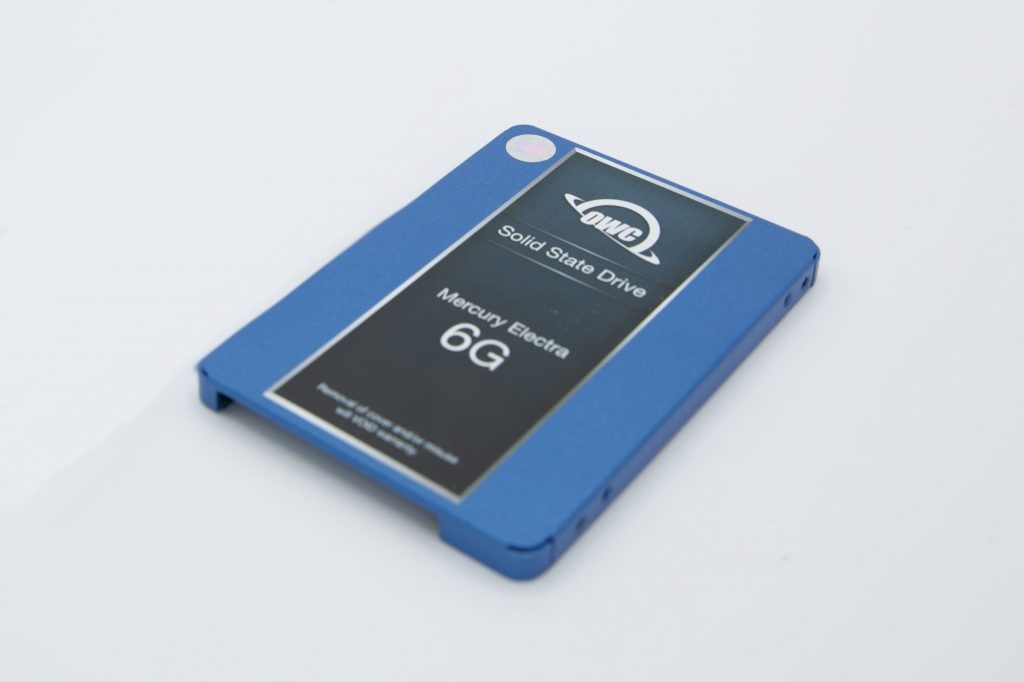
- Power Outages and Voltage Fluctuations: Abrupt power outages or voltage fluctuations can disrupt the data writing process and result in data corruption or loss on the SATA SSD. It is important to have a reliable power supply and use surge protectors to minimize the risk of such events.
- Firmware Issues: Firmware is the software embedded in the SSD that manages its operations. In some cases, firmware bugs or compatibility issues can cause data loss or drive instability. It’s recommended to keep the firmware of your SATA SSD up to date, as manufacturers often release updates to address known issues and improve performance.
- Software Corruption or Malware: Software issues, such as operating system errors, file system corruption, or malware infections, can lead to data loss on SATA SSDs. Corruption of critical system files or user data can render the files inaccessible or result in complete data loss. Regularly updating your operating system, using reliable antivirus software, and practicing safe computing habits can help mitigate the risk of software-related data loss.
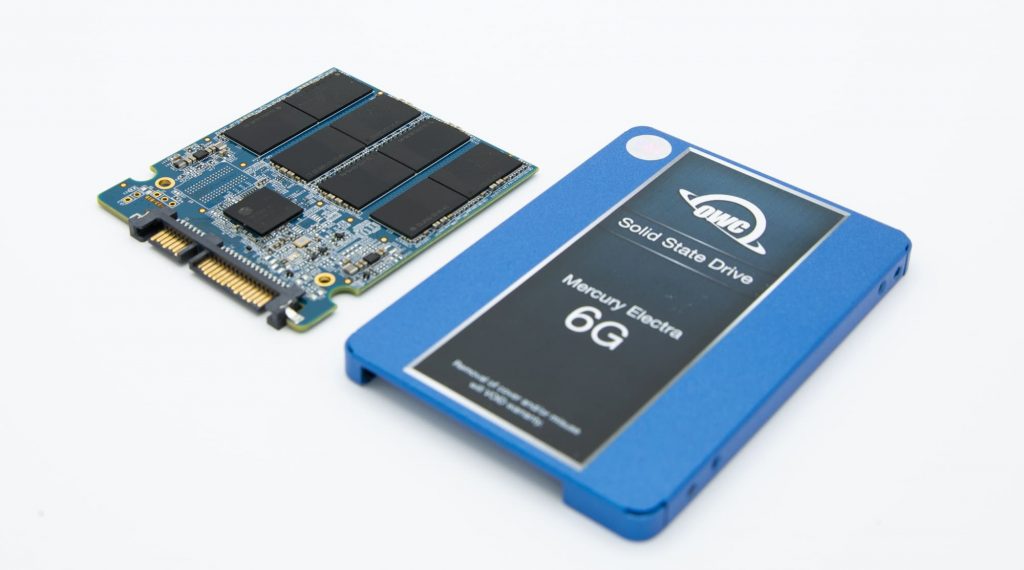
- Human Errors: Accidental deletion, formatting the wrong drive, or improper handling of files can result in data loss on SATA SSDs. It is important to be cautious and double-check before performing any file management operations to avoid inadvertently deleting or overwriting important data.
- Natural Disasters or Catastrophic Events: Natural disasters such as floods, fires, or earthquakes can physically damage the SSD and lead to data loss.
SATA SSDs offer significant advantages over traditional hard drives in terms of speed, reliability, and energy efficiency. By understanding their strengths and weaknesses and following the tips outlined in this blog post, you can maximize the lifespan and durability of your SATA SSD. Remember to enable TRIM, avoid excessive writes, optimize operating system settings, manage storage space, maintain proper ventilation, and use a high-quality power supply. By implementing these practices, you can ensure that your SATA SSD continues to deliver optimal performance for years to come.
Please note that while these tips can help extend the lifespan of your SATA SSD, it is important to be prepared for the possibility of data loss. Regular backups and the availability of professional data recovery services can provide additional peace of mind and a safety net in case of unforeseen circumstances.
SATA SSDs Services with PITS Global
PITS Global Data Recovery Services ensures careful treatment of each storage device and excels in repairing and restoring files. Upon receiving the media at our facility, we initiate an evaluation process to assess the likelihood of successful recovery. Once the client provides their approval, we commence the retrieval procedure.

If you’re facing a data loss situation, don’t hesitate to contact us. Our 24/7 data recovery services are available to you, 365 days a year. Let us help you recover your precious data today.

We start the recovery process with a risk-free evaluation. Our technicians estimate reasons for data loss and the level of damage. Based on it, we select the most suitable recovery strategy.

With years in the data recovery industry, our company supports the highest customer satisfaction rate. We do everything to provide a positive experience for our clients.

During our remote customer file verification session, you will thoroughly review all necessary documents and records to ensure accuracy and compliance.

We offer data recovery services from over 50 locations across the US. This means that no matter where you are located, you can access our services to recover the data.

With our certified data recovery services and 99% success rate, we are confident that we can recover your precious data and get you back up and running in no time.
Our experts employ state-of-the-art technologies and the most up-to-date tools to carry out the restoration process. We handle devices with mechanical or physical damage within an ISO Certified Class 10 Cleanroom, where there is zero risk of harm to your delicate device.
Moreover, our engineers regularly participate in qualification courses and possess the expertise to address any kind of malfunction. We have successfully recovered files from a variety of solid-state drives and have an extensive track record of thousands of successful cases. Our team has accomplished all of this by utilizing advanced techniques and employing top-tier recovery methods.
Frequently Asked Questions
What is SATA SSD and how does it differ from traditional hard drives?
A SATA SSD (Solid State Drive) is a type of storage device that uses flash memory to store data. Unlike traditional hard drives that use spinning disks, SSDs have no moving parts, making them faster, more durable, and more power-efficient.
How do I install a SATA SSD in my computer?
To install a SATA SSD, you will need to open your computer’s case, locate an available SATA port on the motherboard, and connect the SSD to it using a SATA data cable. You will also need to connect the SSD to the power supply using a SATA power cable. Once the physical installation is complete, you may need to initialize and format the SSD in your computer’s operating system before you can use it.
Can I replace my existing hard drive with a SATA SSD?
Yes, you can replace your existing hard drive with a SATA SSD. This can significantly improve your computer’s performance by providing faster boot times, quicker application loading, and smoother overall operation. However, you will need to transfer your data from the old hard drive to the new SSD or perform a fresh installation of your operating system and applications.
Are SATA SSDs compatible with all computers?
SATA SSDs are compatible with most modern computers that have SATA ports. However, it is essential to ensure that your computer’s motherboard supports SATA connections and that you have an available SATA port to connect the SSD. Additionally, check if your computer’s operating system supports SSDs and if any firmware or driver updates are necessary.
What are the advantages of using a SATA SSD?
Using a SATA SSD offers several advantages over traditional hard drives. These include faster data access and transfer speeds, improved system responsiveness, reduced power consumption, silent operation (no noise from moving parts), and increased durability due to the absence of mechanical components. SATA SSDs also tend to be more resistant to shock and vibration, making them ideal for portable devices such as laptops.
